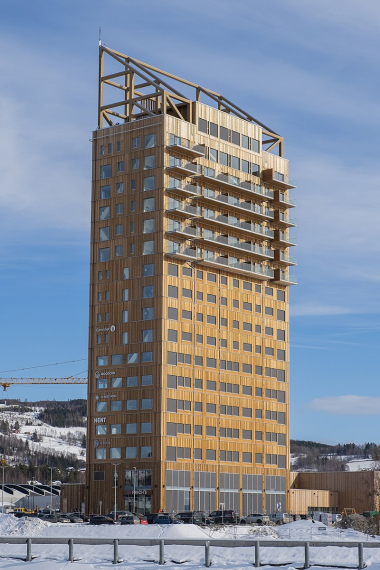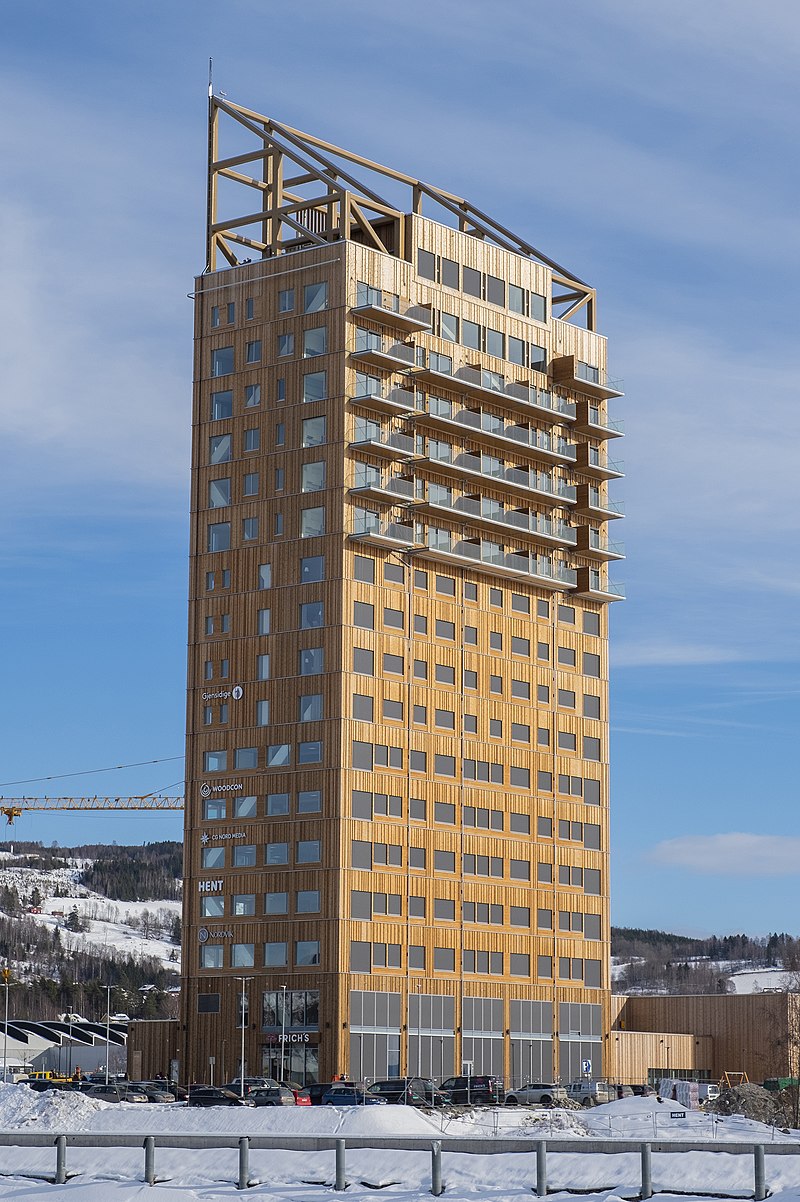Wooden skyscrapers are capturing the imagination of architects around the world. Commonly referred to as mass timber building, or plyscrapers, they’re built using various laminated lumber products. But they’re no “houses of sticks.” These “sticks” are engineered structural timber produced by laminating several layers of lumber with high-strength adhesive, resulting in a composite that rivals the strength of steel.



